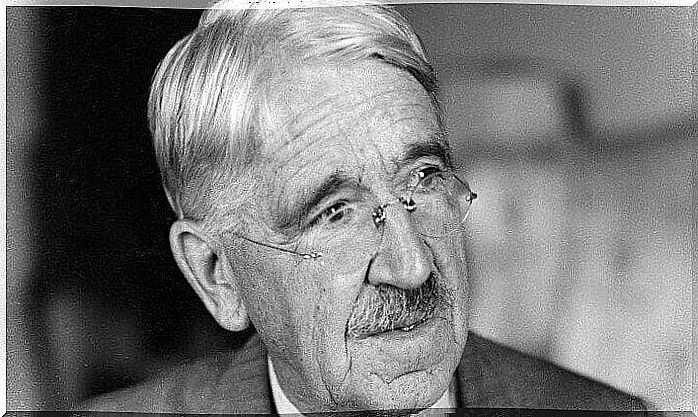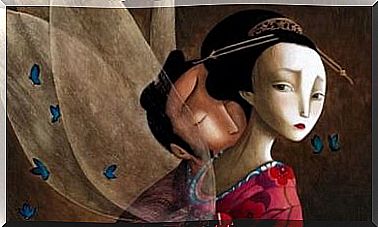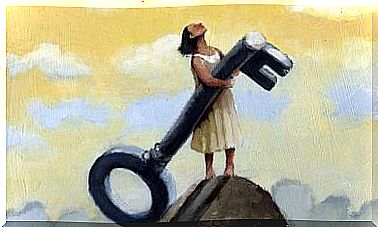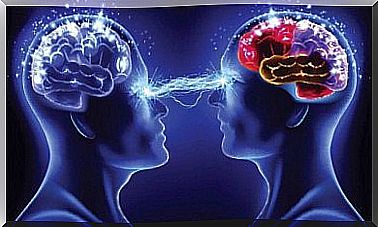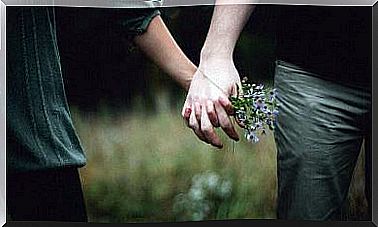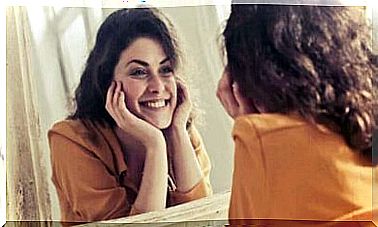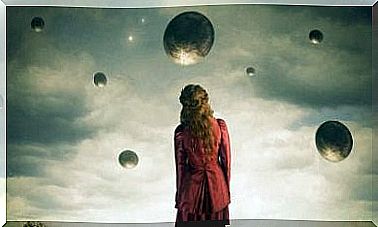The Stories Of Our Grandparents: Collective Memory
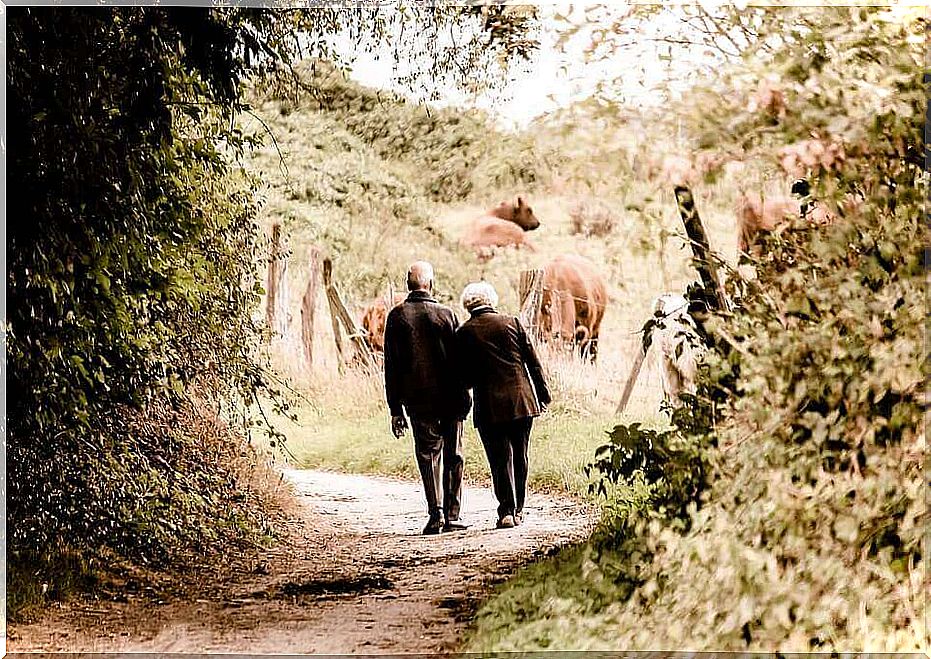
There are stories worth sharing. Many of these stories are passed down from generation to generation. Word of mouth serves this purpose, to share memories and interpretations of past events. The transmission of these stories constitutes what is called “collective memory”. Memories shared by several generations so as not to get lost.
But what are the stories? Stories are nothing more than representations of the past brought together in narratives. These stories, which speak on a given theme, feature a plot with a well-defined beginning and end, providing sequential and causal consistency. The events considered to be the most important are also present in the story. When a story is adopted by a group as the interpretation of the past, it becomes part of their collective memory.
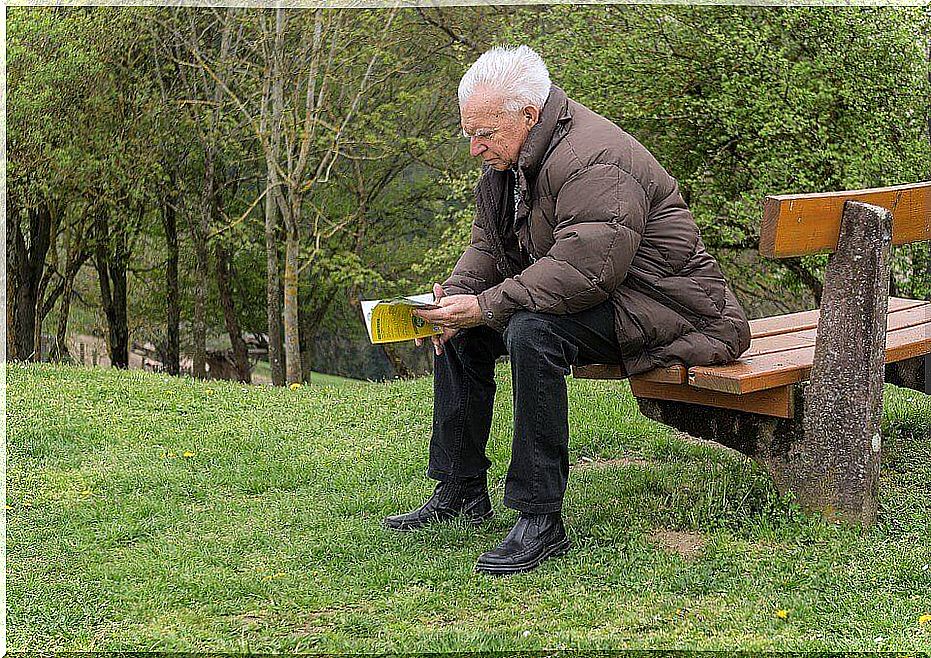
Bias in collective memory
Collective memory does not present an objective or neutral account of past events. These shared narratives are selective. They remember what they want to remember, and they are biased, prioritizing in many cases what is useful today.
Collective memory can be used to justify actions in the present. Because of word of mouth from the collective memory, each generation that shares it polarizes the initial history by adapting it to the pretensions of the present.
When grandparents tell us about past wars, they tell us about the events they remember the most, that made the most impression on them. The events are narrated according to their ideology.
Their preference will probably go to the victims, while for others it will be mostly oppressors, the culprits. The “little battles of the grandfathers” will serve to explain the why of certain policies or specific behaviors. “If we are fighting for a united Spain… it is not for Catalonia to become independent now”.
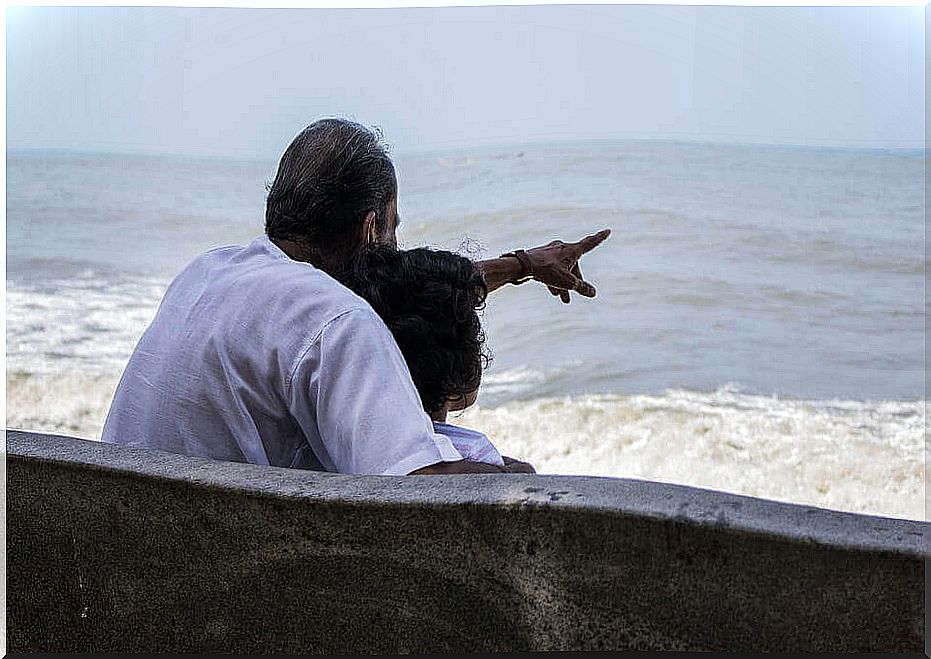
Types of collective memories
While the transmission of stories by word of mouth is well known, there are different forms of transmission. These correspond to the different types of memory that make up the collective memory and are:
- Popular memory : these are the representations of the past made by members of society. They manifest themselves directly in public opinion polls.
- Official memory : these are the representations of the past adopted by formal institutions. This memory manifests itself, for example, in army publications, exhibitions in national museums and textbooks approved for the educational system.
- Autobiographical memory is that of people who have directly experienced the events linked to history. They come directly from their memories and their oral histories. This memory is a primary source of knowledge about the past.
- Historical memory : this is the way in which the scientific community explains the past through its studies.
- Cultural memory : this is how society views its past through journalistic articles, commemorations, monuments, films and buildings, among others.
The last four types of memory are the ones that most influence popular memory, while official memory, which represents nations on the international stage, influences foreign relations.
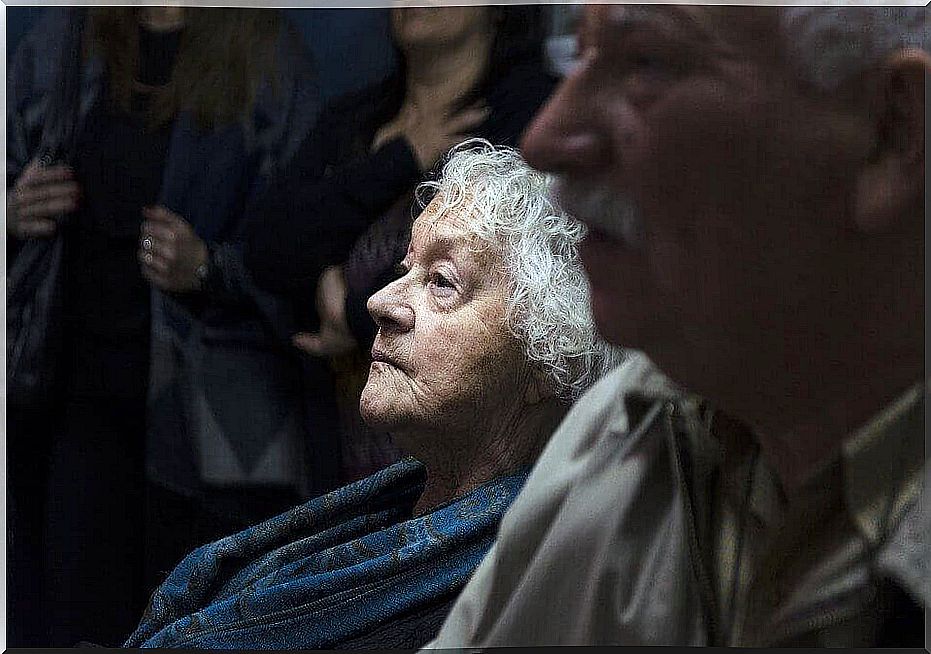
Collective memory of conflicts
When we talk about a conflict, the stories address the main events that started it and that developed during it. These narratives are going to be selective and biased. They will provide a selfish and simplistic view of the conflict.
In general, these stories touch on at least four main themes:
- The delegitimization of the rival
- The positive image of the group itself.
- The presentation of the group itself as the sole or main victim.
- The justification for the start of the conflict.
These stories play two important roles in the conflict. The first is internal. When a group adopts such stories, they become the popular memory of its members. As a result, the narratives influence the psychological reactions of the members of the group and, therefore, their actions.
With a high probability, these will be negative towards the rival and positive towards themselves. The second role is external, the stories present the group in a positive way vis-à-vis the international community, from which they expect support.

Consequences of collective memory
Stories that constitute the collective memory of a conflict often prevent the peaceful resolution of the conflict and reconciliation between the parties. On the one hand, the members of the group do not feel encouraged to make peace with a rival they perceive in a negative way and who is not trustworthy. On the other hand, biased accounts deter the rival from negotiating with the other group.
As an Arabic proverb says “ if God created us with two ears, two eyes and one mouth, it is because we have to listen and see twice before speaking – Do not open your lips if you are not sure what you are going to say, prefer silence ”.
Collective memory is in most cases selfish and biased. Therefore, we must take into account all perspectives. Knowing all the stories, even those that are contrary to the collective memory, will help to better understand past events. It will also help to understand the role of narratives and the elements that limit or hinder peace agreements.
